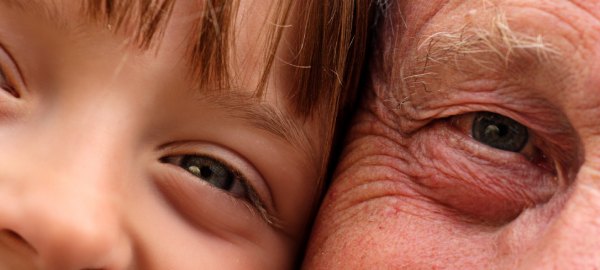Hyperhidrosis
What is Hyperhidrosis?
Sweating is the body’s way of cooling down and stopping the body from overheating (thermoregulation).
Excessive sweating (hyperhidrosis) occurs when sweat production exceeds the body’s need for temperature control. There are two types of hyperhidrosis, primary hyperhidrosis, the most common form that affects about 3% of people and generally starts in young adults or teenagers. Secondary hyphidrosis is less common and often caused by underlying medical or medication issues such as hormonal changes, Parkinson’s Disease and as a side effect of antidepressants or as a side effect of diabetes medication or Hormone Replacement Therapy.
What are the treatments for hyperhidrosis?
Aurora Dermatology’s signature treatment for hyperhidrosis includes Botox injections performed in our rooms, where both armpits are injected in 10 minutes or less.
Studies show that this procedure is 87% effective and lasts for up to 6 months.
The treatment of secondary hyperhidrosis involves identifying and managing the underlying cause.
Treatment options for primary hyperhidrosis will depend on how much sweat is being produced, what areas of the body are affected and how much it is affecting your day-to-day life.
Very small amounts of botulinum toxin are injected beneath the skin, in a grid pattern with injections about 1-2cm apart. This is performed under anaesthetic in our rooms.
Other treatments we offer depending on the severity of the condition include
Chloride Hexahydrate 20%
This roll-on/spray-on treatment strategy is a prescription product that is applied directly to sweaty areas and often used for hands, feet and underarms.
It is a super-powerful antiperspirant and it works by plugging the sweat glands so that they cannot secrete sweat. This may be useful in milder cases of hyperhidrosis.
Iontophoresis
Iontophoresis is particularly effective for hands ,feet, and underarms however, special accessories can be used to treat other areas such as the face.
The treatment can be performed at home with the purchase of an iontophoresis machine that uses a water bath and a low-level electric current, to help block sweat glands and reduce sweat production.
Oral Anticholinergics
These are tablets taken to help switch off the sweat glands that actively produce sweat. Suitable for generalised rather than one area sweating.
Onabotulinum Toxin A
This is an effective treatment that is most commonly used for the underarms, although it can be used in other areas. Your dermatologist will inject small amounts of botulinum toxin into the skin, which paralyzes the tiny nerves supplying the sweat glands. This stops the sweat glands responding to the signal to generate sweat and can lead to you being sweat free for up to 6-9 months.
Surgery
Surgical intervention has been largely superseded by other less invasive treatment options. It may be considered in people with very resistant hyperhidrosis and this would be performed in hospital.
Lifestyle Changes
This includes mindfulness, mediation, avoiding hot places and hot food, alcohol, hot drinks and hot places.
Freezing absorbent baby nappies in a ziplock bag is a novel and useful way to treat both hot flushes, fever or hyperhidrosis
Many patients have extra socks and clothes to change into during the day
Using an antiperspirant which is stronger than a regular deodorant can reduce sweating.

